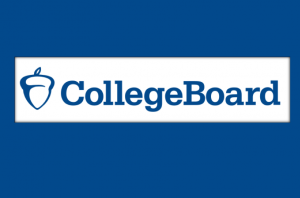 As in previous editions, Education Pays 2019: The Benefits of Higher Education for Individuals and Society documents differences in the earnings and employment patterns of U.S. adults with different levels of education. It also compares health-related behaviors, reliance on public assistance programs, civic participation, and indicators of the well-being of the next generation.
As in previous editions, Education Pays 2019: The Benefits of Higher Education for Individuals and Society documents differences in the earnings and employment patterns of U.S. adults with different levels of education. It also compares health-related behaviors, reliance on public assistance programs, civic participation, and indicators of the well-being of the next generation.
In addition to reporting median earnings by education level, this year’s report presents data on variation in earnings by different characteristics such as gender, race/ethnicity, occupation, college major, and sector. Education Pays 2019 also examines the persistent disparities across different socioeconomic groups in college participation and completion.
We present correlations between various outcomes and educational attainment. It is worth noting that not all of the observed differences in outcomes are attributable to education. However, reliable statistical analyses support the significant role of postsecondary education in generating the benefits reported and we cite causal evidence when possible.
 from Distance-Educator.com https://ift.tt/2UevC8R
from Distance-Educator.com https://ift.tt/2UevC8Rvia IFTTT
Comments
Post a Comment